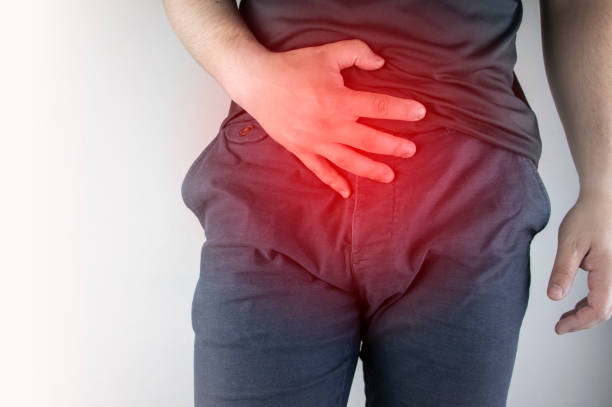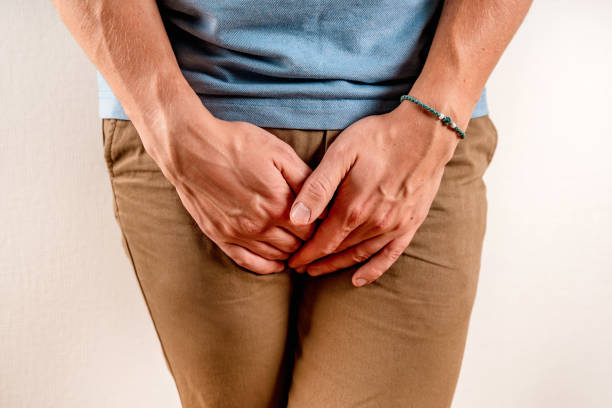Overactive Bladder (OAB) is a medical condition characterized by urinary symptoms such as frequent urination, urge incontinence, and urgency. People with OAB often feel like they have a strong, sudden urge to urinate that they can’t control, and they may also experience leakage of urine. OAB affects a significant portion of the population, with estimates indicating that over 33 million people in the US alone suffer from this condition.
The exact causes of OAB are not well understood, but it is believed to be a result of abnormal activity in the bladder muscle. Risk factors for OAB include age, obesity, and neurological conditions such as Parkinson’s disease. Women are also more likely to develop OAB than men.
The symptoms of OAB can have a profound impact on a person’s quality of life. In addition to frequent urination and urge incontinence, people with OAB may also experience sleep disturbance, decreased sexual function, and embarrassment.
Treatment for OAB is aimed at reducing the frequency and intensity of symptoms and improving quality of life. Lifestyle changes, such as maintaining a healthy weight, reducing fluid intake, and performing pelvic floor exercises, can help alleviate symptoms of OAB.
Medications are also commonly used to treat OAB. Antimuscarinic drugs, such as oxybutynin and tolterodine, work by blocking nerve signals that cause the bladder muscle to contract. Beta-3 adrenergic agonists, such as mirabegron, work by relaxing the bladder muscle and increasing bladder capacity.
In some cases, surgery may be necessary to treat OAB. Procedures such as bladder augmentation or nerve stimulation can help improve bladder function and reduce symptoms.
Physical therapy, such as pelvic floor muscle training, is also used to treat OAB. This type of therapy involves exercises that target the muscles in the pelvic area, including the pelvic floor muscles that support the bladder. The goal of pelvic floor muscle training is to strengthen these muscles, which can help control urinary symptoms.
Another treatment option for OAB is nerve stimulation. This involves using a small device that delivers electrical stimulation to the nerves that control the bladder. The stimulation helps to reduce symptoms by blocking nerve signals that cause the bladder muscle to contract.
In summary, Overactive Bladder is a medical condition characterized by urinary symptoms such as frequent urination, urge incontinence, and urgency. While the exact causes of OAB are not well understood, it is believed to be a result of abnormal activity in the bladder muscle. Treatment options for OAB include lifestyle changes, medications, surgery, physical therapy, and nerve stimulation. If you are experiencing symptoms of OAB, it is important to seek medical attention in order to determine the best course of treatment for your individual situation.

 Home
Home Health
Health Diet & Nutrition
Diet & Nutrition Living Well
Living Well More
More












